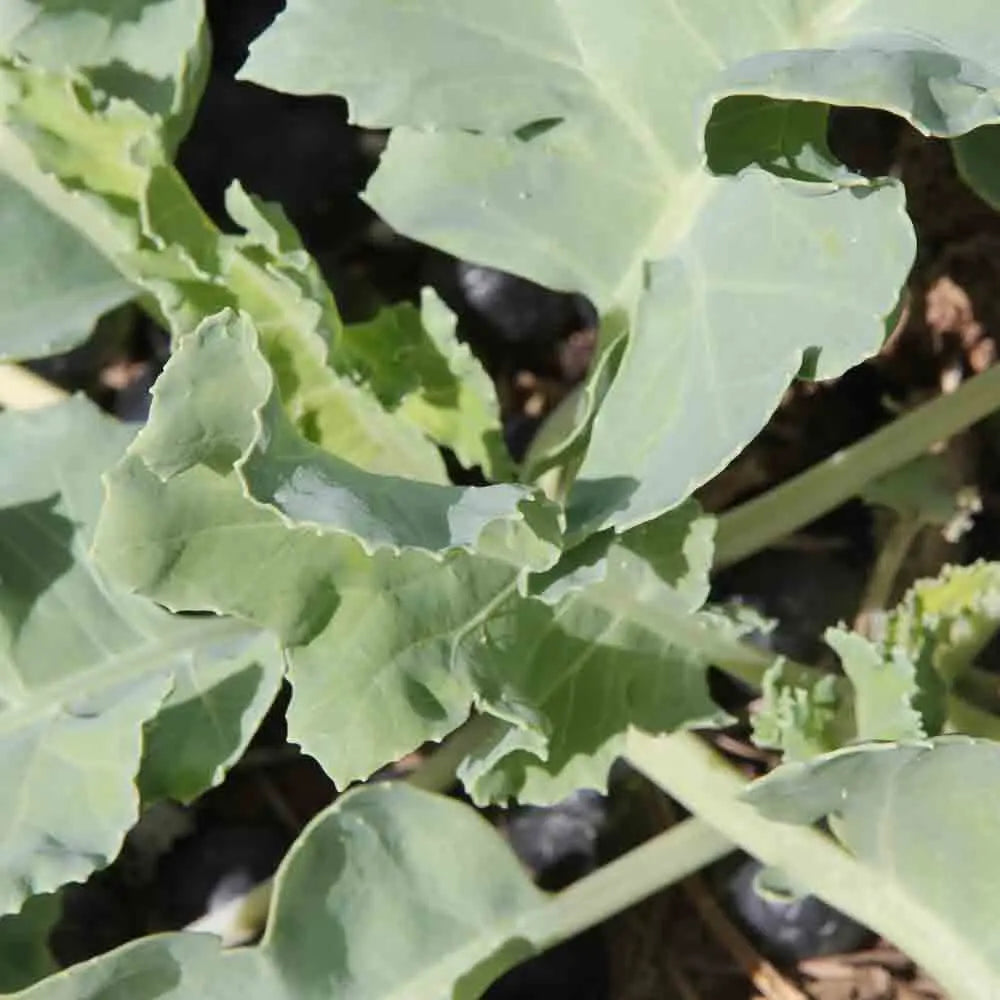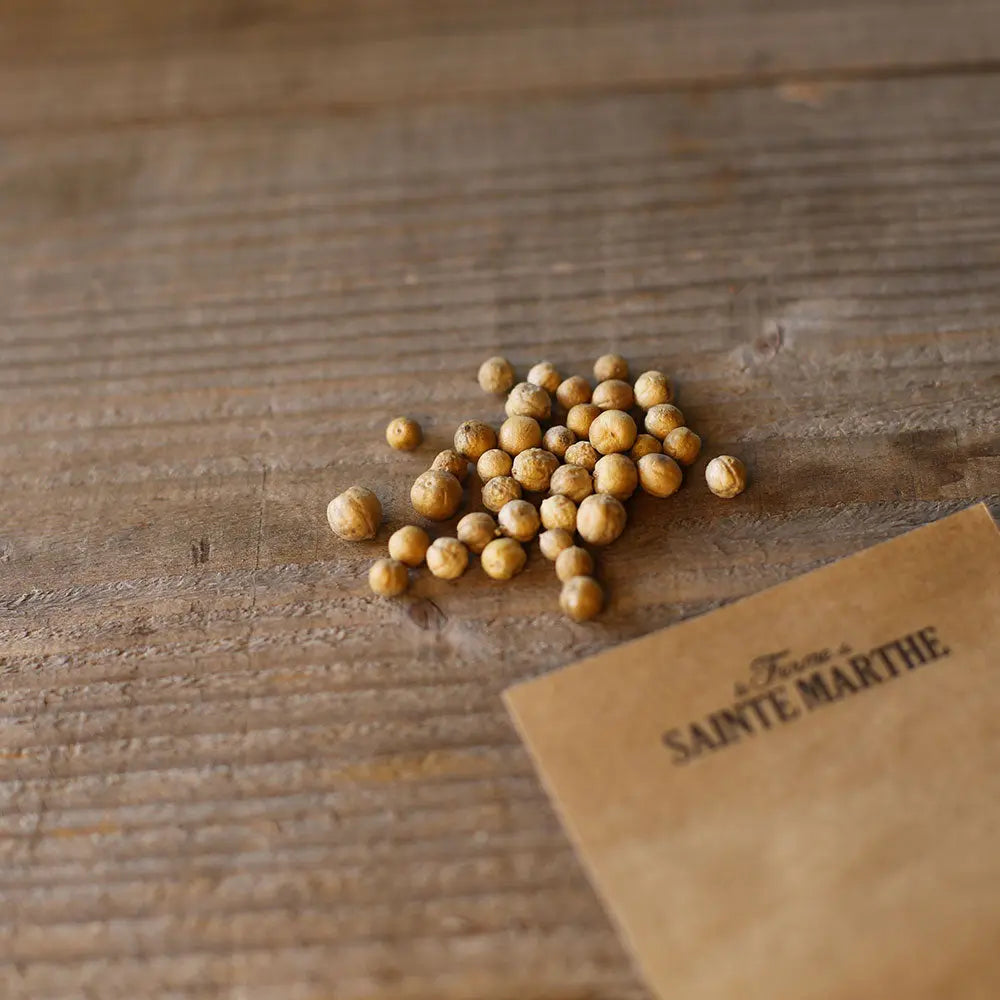CRAMBE MARITIME AB
Crambe maritima
Sea kale , also known as sea cabbage , is a wild perennial plant in the Brassicaceae family, often found along the Atlantic and Baltic coasts of Western Europe, particularly in England, where its cultivation was popular in the 19th century. Today, this plant is classified as protected, and its collection in the wild is prohibited. It is known for its white flowers which give off a honey-like scent.
Growing it in the vegetable garden is ideal because it can remain in place for several years. Before eating it, it must be blanched, starting in October and continuing throughout the winter, to reduce its natural pungency.
Culinary Use
Young petioles : After blanching, they are cooked like asparagus, adding them to vinaigrette, juice or white sauce.
Leaves : They are eaten like cabbage, with a taste reminiscent of cardoon and cauliflower.
Direct Seeding
Period : From March to May.
Location : In place, with sunny exposure.
Spacing : Sow in pockets of 3-4 seeds spaced 40 cm apart in all directions.
Thinning : Keep one plant per pocket when the plants have 3 or 4 leaves.
Tips for Germination
Germination can be long and tricky (3 to 5 weeks). Here are some methods to encourage germination:
- Soaking : Soak the seeds for a few hours in room temperature water to remove molecules that inhibit germination, then gently cut the seed coat with a knife.
- Stratification : Place the seeds in slightly damp sand and leave them for a few weeks in a cool place.
- Removing the pericarp : Carefully remove the hard shell of the seed, taking care not to damage it.
Then sow in a light, well-draining substrate (add sand if necessary). Germination takes 3 to 5 weeks, sometimes longer.
Planting in the Vegetable Garden
The maritime Crambe prefers:
Exposure : Sunny or partial shade.
Soil : Light, well-draining (avoid acidic soils).
Spacing : Keep at least 60 cm between plants.
Crambe partially disappears in winter but reappears in spring. To locate it, use a tag.
Culture and Maintenance
Flower stems : Cut them back in late spring as soon as they appear to encourage new growth.
Blanching : In autumn, cover each plant with dead leaves or a black pot to prevent light from reaching the shoots and encourage etiolation (and therefore softening of the shoots).
Slugs and snails : Be vigilant and prevent them, as these animals can damage the plant.
Watering : If spring is dry, water the plant. Remove damaged and dead leaves.
Harvest
The broad petioles of the Crambe maritime are harvested in spring. It is essential to pick them quickly after they appear and to blanch them thoroughly before eating them.









